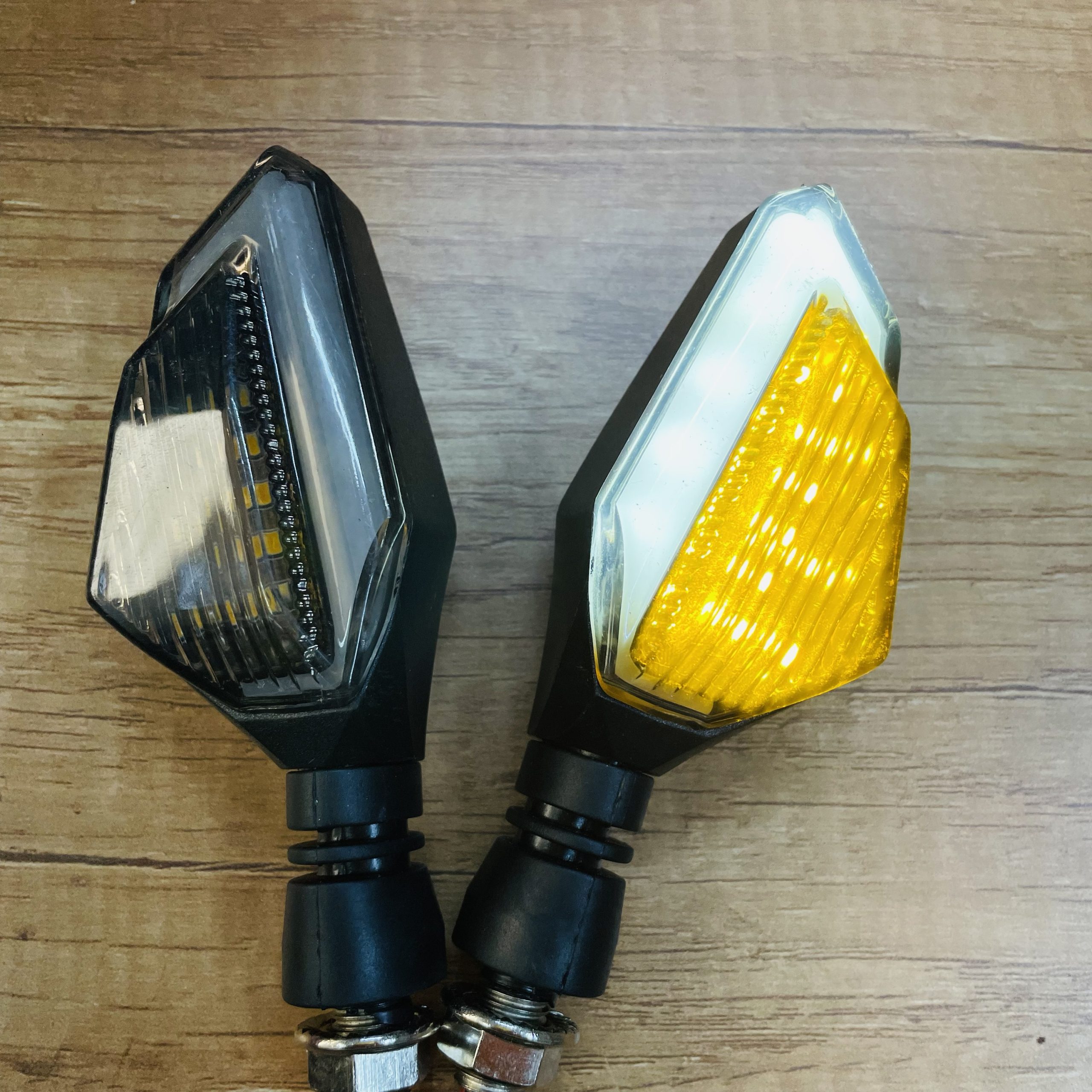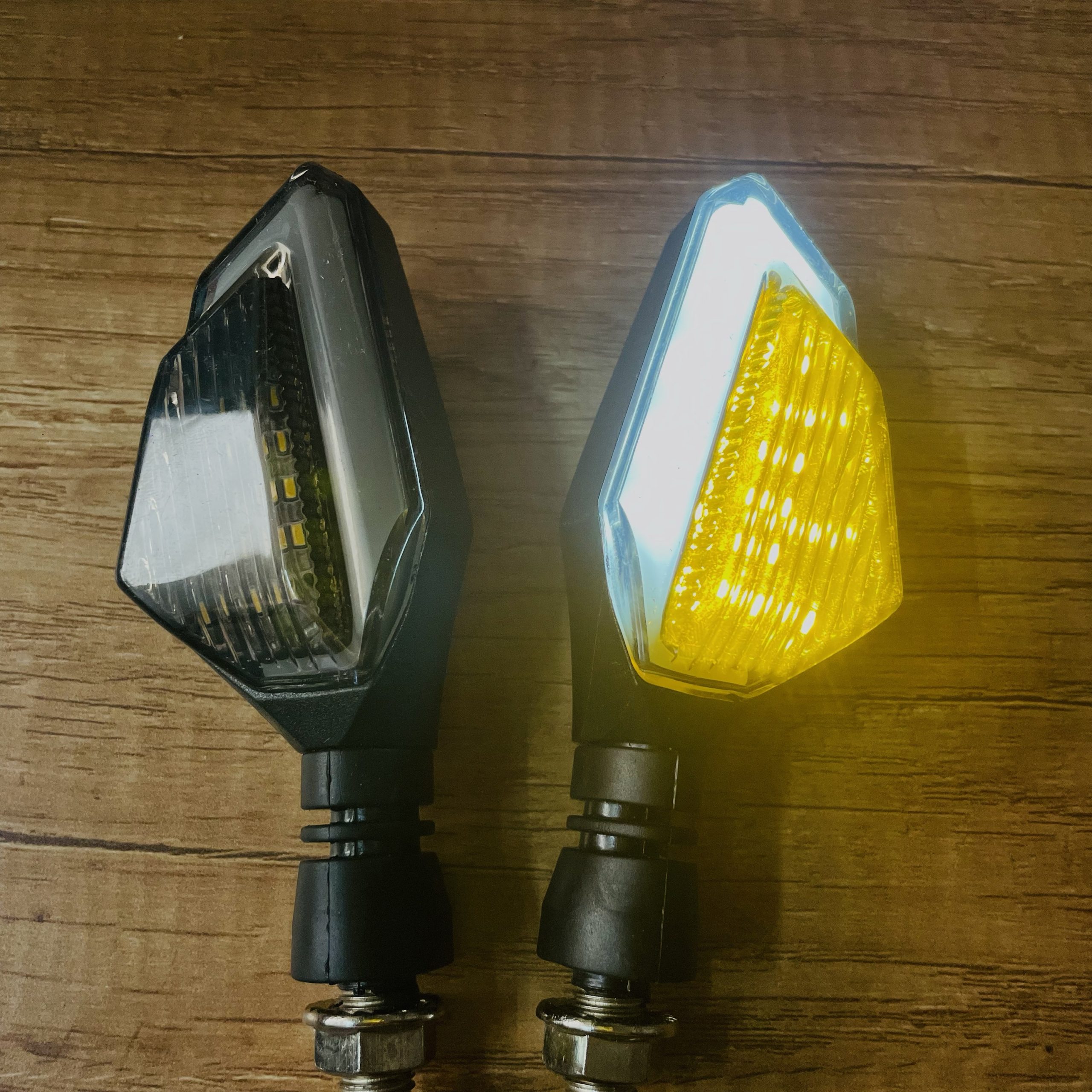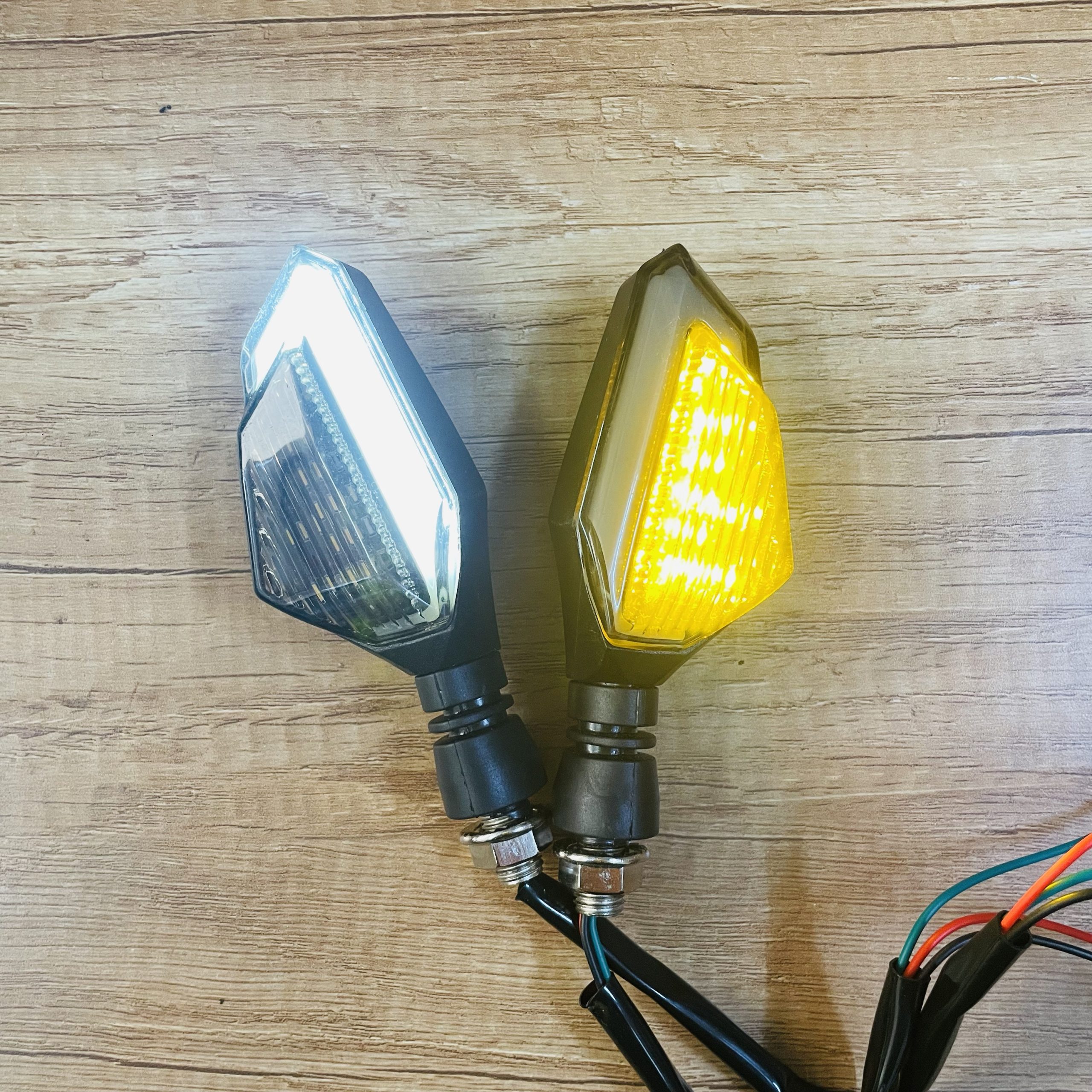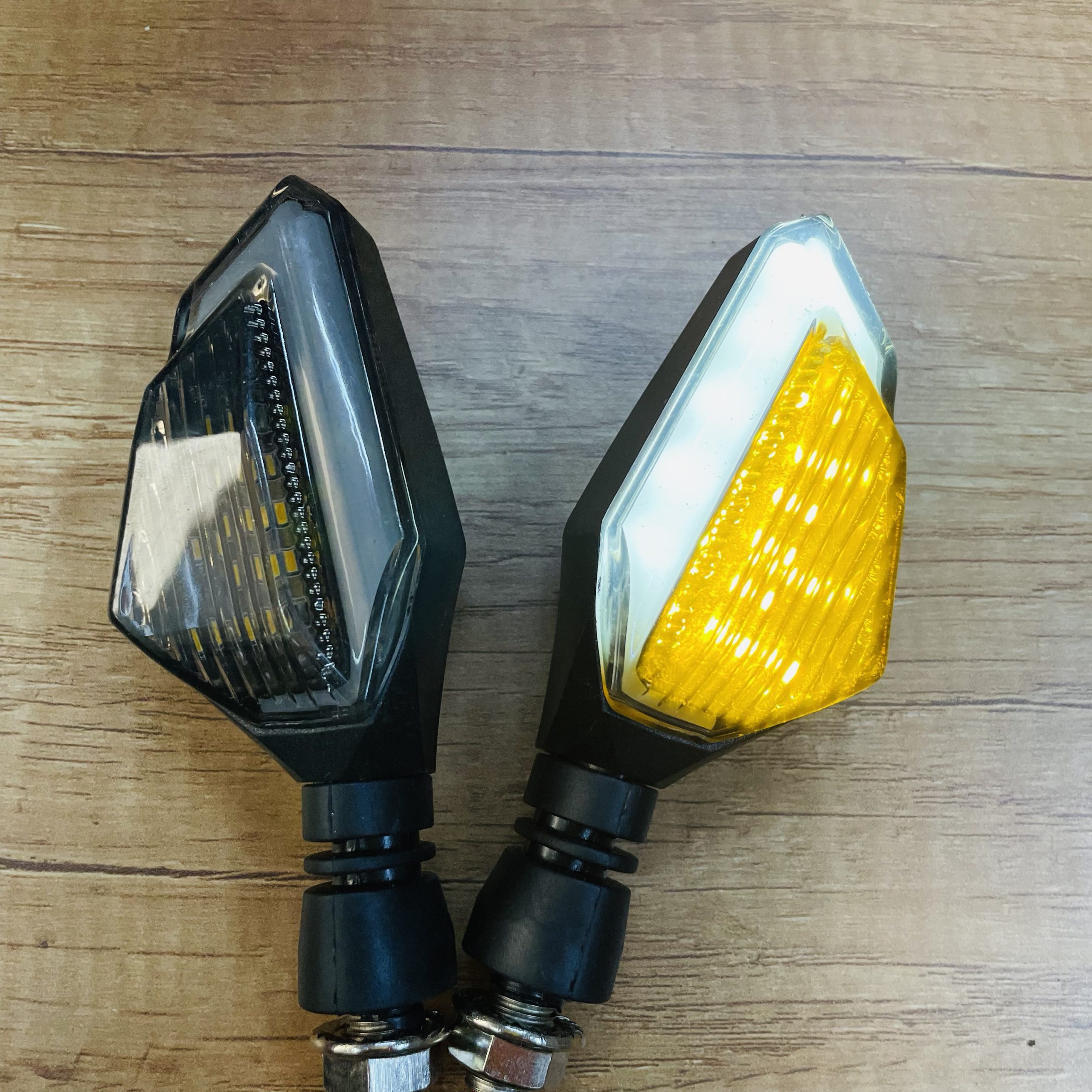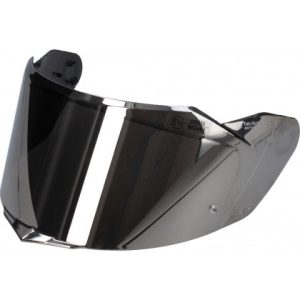Bike indicators, also known as turn signals, are safety devices designed to indicate a cyclist’s intended direction of travel to other road users. Here are some common types of bike indicators:
- Hand signals: These are the simplest and most common form of bike indicators, and they involve using your arms to signal your intention to turn left or right. To signal a left turn, extend your left arm straight out to the side. To signal a right turn, extend your right arm straight out to the side, or alternatively, you can extend your left arm and point it up.
- Electronic indicators: These are battery-operated lights that attach to the bike and can be activated with a button or switch mounted on the handlebars. They typically have flashing lights to make the cyclist more visible, and they can be mounted on the front, back, or sides of the bike.
- Helmet-mounted indicators: These are similar to electronic indicators, but they are mounted on the cyclist’s helmet instead of the bike. They are a good option for cyclists who don’t want to clutter their handlebars or who want to be more visible from a distance.
It’s important to note that in some countries, such as the UK, it’s a legal requirement to have working bike indicators. Even if it’s not required by law where you live, using indicators can greatly improve your safety while cycling on the road.



